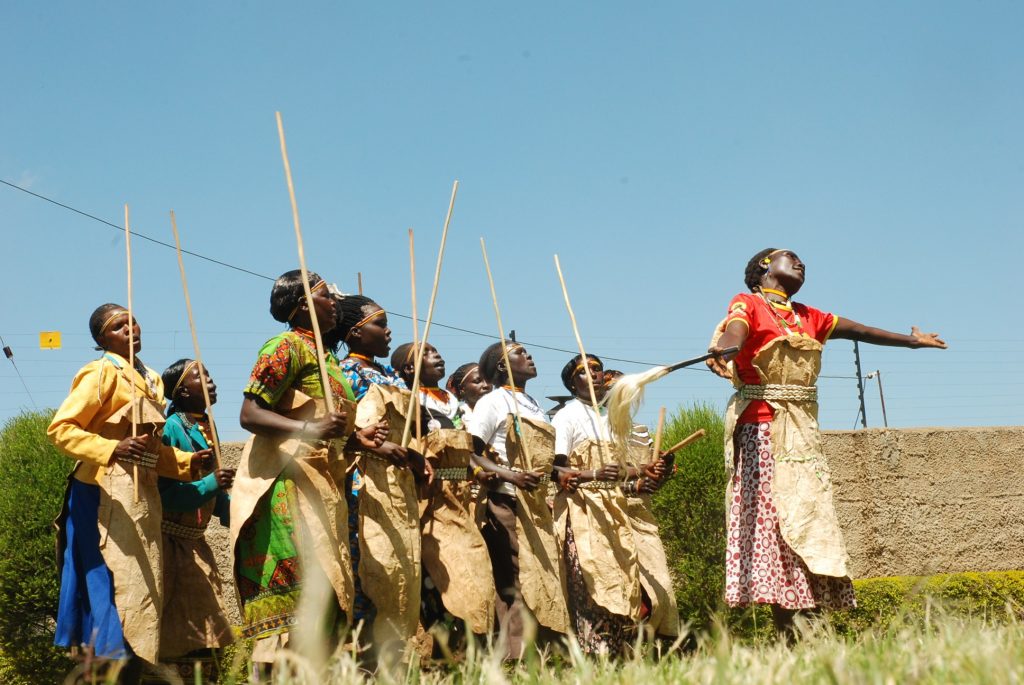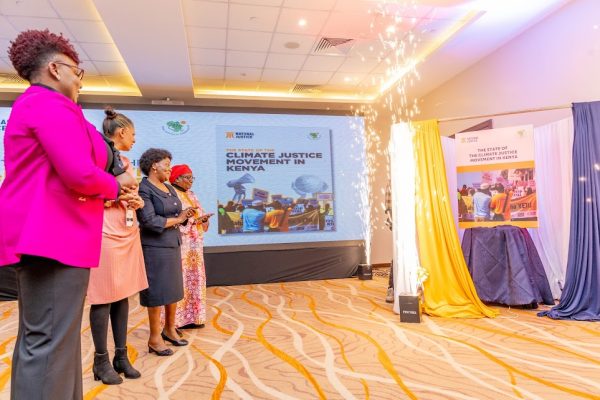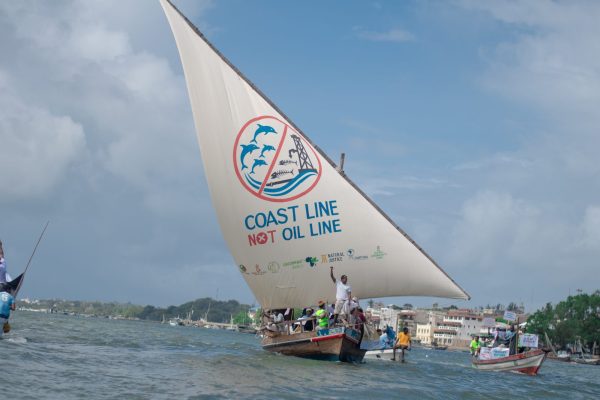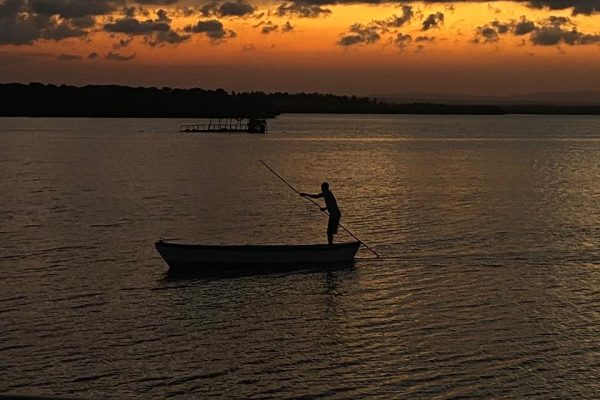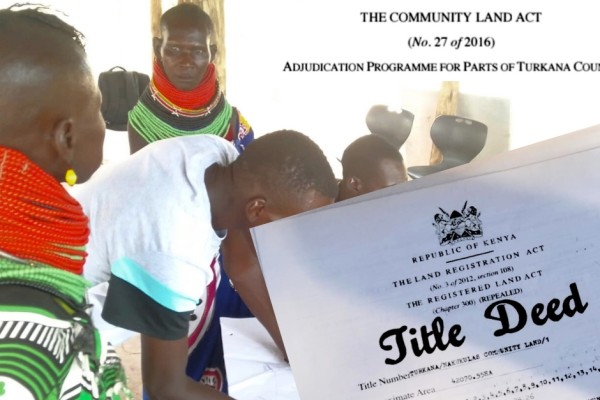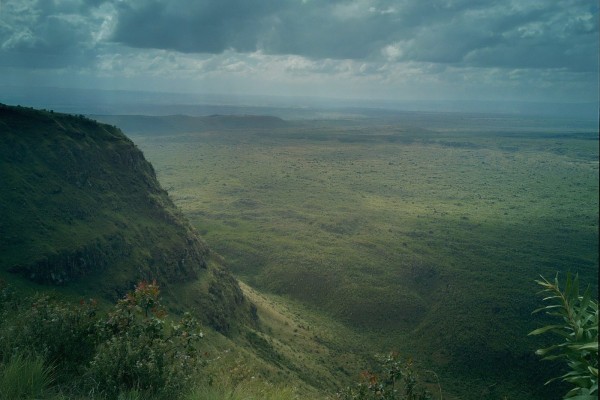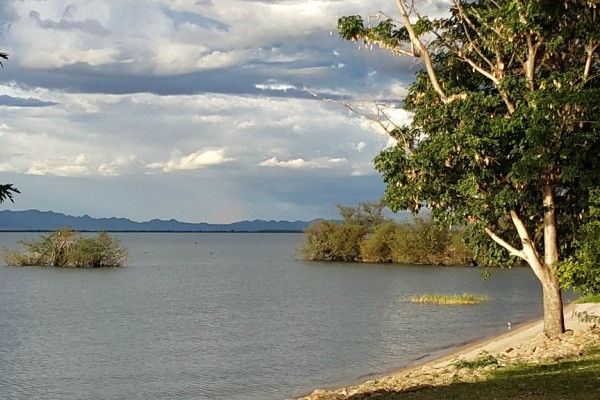Biodiversity conservation is critical in maintaining the integrity of our ecosystems. However, a narrow construction as to what is conservation? and who can conserve? has often led to disenfranchisement of Indigenous peoples and local communities who bear the brunt in form of forced evictions, loss of livelihoods, and enjoyment of their ancestral lands. Numerous illegal evictions have been carried out by state agencies under the banner of protected areas without adequate consultation and participation of Indigenous peoples. This is despite the fact that peoples and communities who occupy these areas have been co-existing sustainably with their environment.
A meeting in late-2017, in Eldoret, Kenya the Global Dialogue on Human Rights and Biodiversity Conservation gathered representatives from Indigenous peoples and local communities from various parts of the globe, international and national NGOs as well as government agencies to discuss pressing issues linked to human rights and biodiversity conservation.
Conservation injustices emerged as an underlying theme of the discussions, closely linked to issues of land tenure and historical wrongs. At the end of the dialogue, three key takeaways emerged which among other factors may be significant in achieving congruence between protection of human rights and biodiversity conservation.
1. The Role of National Human Rights Institutions
Presentations from the Sengwer and Ogiek of Kenya, Karen people from Thailand, and Batwa from Uganda and Democratic Republic of Congo, reiterated the pivotal that NHRIs play in safeguarding the rights of indigenous communities. A member of the Chepkitale Indigenous People Development Project, stated that, ‘We view NHRIs as our allies particularly when it comes to facilitating dispute resolution when dialogue processes have reached deadlocks, and also reporting on violations against the rights of indigenous communities.’
Indigenous peoples are yet to enjoy the benefits that accrue with recognition despite some of the milestones that have been achieved at the international level. Localization of international declarations and standards becomes crucial. NHRIs play an important role in lobbying for enactment of effective legislative and policy frameworks at the national and sub-national levels to realize rights of indigenous peoples.
2. Dialogue versus Litigation: Competing or Complementary?
Indigenous groups and other stakeholders consider dialogue as a foremost strategy in protecting their rights. However, many admit that dialogue processes can often be marred with undue delays, bad faith and at worst, reach impasses as the rights of communities continue to be violated. As a consequence, several communities resort to litigation as an alternative to assert their rights and put pressure on violators, who are often state agencies. Nevertheless, just like dialogue, litigation has its limitations. Court orders in favour of reinstating rights of indigenous peoples are often disregarded by state agencies who continue to perpetrate injustices against the communities.
The Sengwer Community made a powerful presentation expressing that, ‘Negotiation and dialogues are yet to help us secure our rights, but also whenever the plight of the Sengwer Community is publicized whether through court cases or media, there is always severe backlash from the Kenya Forest Service who burn our homes, forcefully evicting us from our land.’
In 2010, the Endorois people obtained a seminal ruling from the African Commission on Human and People’s Rights. The Ruling recognized them as a distinct Indigenous people with the right to enjoy their land and practice their culture. Seven years later, they are still seeking to be reinstated to their land from which they were forcefully evicted by the Kenyan Government.
A member of Minority Rights Group International commented that, ‘Despite being a litigator, I believe that litigation should be sought as a last resort: eventually, implementation of court orders may require advocacy and dialogue – but often it is the tool that is needed to reach that space.’
3. Development partners and Investors’ responsibilities
The linkage between business and human rights is receiving increased attention as enterprises have the ability to positively or negatively influence the protection and promotion of human rights in conservation initiatives. A case in point is the World Bank funded Natural Resource Management Project (NRMP) in Kenya established to enhance the institutional capacity to manage water and forest resources, and improve the livelihoods of communities in the co-management of water and forest resources among other objectives.
The project area affected the Sengwer and Ogiek communities who occupy Cherangany Hills and Mt. Elgon respectively. This triggered the usage of the Bank’s Policy on Indigenous Peoples whose objective is to ensure benefits accrue to communities, compensation, and mitigation of any loss that may be incurred as a result of the project.
A member of the Sengwer people stated that ‘We welcomed the project because its Indigenous Peoples Planning Framework promised to address our land tenure rights. Instead, the NRMP continued to strengthen the ability of Kenya Forest Service to evict us from our land.’ Sengwer representatives filed a complaint with the World Bank inspection panel. A National Colloquium supported by the Bank was held in 2015 to address the grievances raised by the Sengwer. Unfortunately, there is yet to be any follow up on the outcomes of the talks. He reckons that, ‘Our community’s interest is to arrive at a win-win solution where we have ownership rights to live in our ancestral land.’
It is evident that a one-fit-all strategy will not succeed, but rather, a combination of varied targeted strategies is what is needed to achieve the much-sought harmony between upholding fundamental human rights in conservation initiatives.
For an update on this story, please see: UN Experts call for Sengwer Human Rights to be Respected in Kenya.

